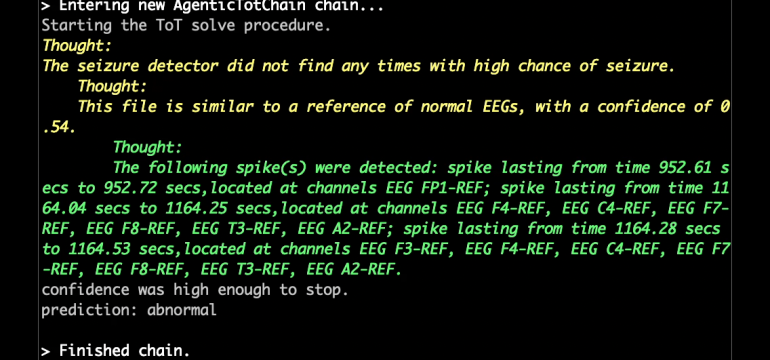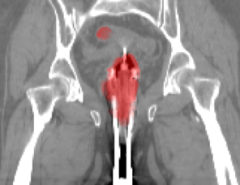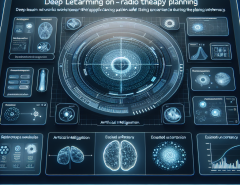Authors: Jonathan W. Kim, Ahmed Alaa, Danilo Bernardo
Published on: January 31, 2024
Impact Score: 8.3
Arxiv code: Arxiv:2401.18006
Summary
- What is new: Introducing EEG-GPT, a novel approach that unifies EEG classification by leveraging large language models (LLM), facilitating multi-scale understanding and offering interpretability.
- Why this is important: Existing ML approaches to EEG analysis are siloed, focusing on specific activities at limited temporal and spatial scales, with a lack of interpretability in clinical contexts.
- What the research proposes: EEG-GPT utilizes advances in LLM to achieve multi-scale electrophysiological understanding and classification with the added benefit of interpretability through intermediate reasoning steps.
- Results: EEG-GPT exhibits excellent performance in classifying normal vs. abnormal EEG in few-shot learning, using only 2% of training data, and provides transparent, interpretable results.
Technical Details
Technological frameworks used: EEG-GPT leverages large language model frameworks.
Models used: Utilizes few-shot learning paradigm.
Data used: EEG data for classifying normal and abnormal activities.
Potential Impact
This could significantly impact the healthcare sector, particularly neurology-focused companies and technology providers specializing in EEG analysis and diagnostic tools.
Want to implement this idea in a business?
We have generated a startup concept here: BrainTrust AI.




Leave a Reply